Outreach Snapshot | Spain
by Naphtali / Borderless Media Team LeaderAfrica and Europe nearly touch. If a person stands at the Strait of Gibraltar in Morocco, they can see Spain, a mere 14 kilometers away. Europe holds the promise of a better life for many Africans, and they work hard to get there. Some board unfit boats from various points off the coast of North Africa, attempting to cross the Mediterranean with the hope of arriving in various European countries. Others choose a dangerous border crossing at one of the Spanish enclaves attached to Morocco. Regardless of how, many end up in Spain. Some find their way to one of its southern cities. Here, they take refuge at a handful of resettlement centers where they spend six months. They learn Spanish with filled bellies, receive assistance with job-hunting, and process what they’ve been through in community with peers and social workers. Relationships with local believers are nurtured. The gospel is lived and shared.
While visiting Spain, my eyes were delighted by vibrant pink bougainvillea and ancient old doors. People walk dogs of every shape and size. Spanish flags fly high and flat dwellers gaze out their third-story windows. In the morning, children walk to school with parents as teenagers rush by on scooters. Pigeons scavenge nearby. Spaniards enjoy coffee at outdoor tables while women in hijabs pass by, sometimes pushing small children in strollers. African men in their twenties and thirties mill about, sometimes lingering on a nearby bench. As I explored the city, I caught sight of Burger King and McDonalds. I experienced the affectionate cheek-kiss greetings that come as part of warm Spanish hellos. My tastebuds were captivated with culinary delights, from the simple bubbly citrus flavor of lemon seltzer to olives, cheese, and tasty carbs served in every shape and size. There was magic in every bite. Supermarket prices are affordable. Everything seems fresher.
One day, I found myself in a Spanish classroom at one of the refugee resettlement centers. The classroom was full of young African men learning Spanish, their laughter mixed with occasional sighs of frustration. Arabic, birdsong, and car motors drifted in through the open window. As I sat amidst all of this, my own Spanish worksheet in front of me, I felt a mix of excitement and discomfort. As the woman trying to help spoke to me in mixed English and Spanish, I began to understand how difficult it could be to live in a culture where I simply can’t understand the language. I was only visiting, but others in the classroom were here to live. I felt embarrassed and uneasy not knowing how to do the worksheet. I didn’t even feel comfortable asking for an eraser to fix my mistakes. But as comprehension of my task grew, I began to comprehend the worksheet in front of me. It started to become fun.
Here are some snapshots of life in this southern Spanish town (including some from the refugee resettlement center):
**note: to honor refugees’ in a time of life that is uncertain and turbulent, we haven’t posted any photos of their faces.
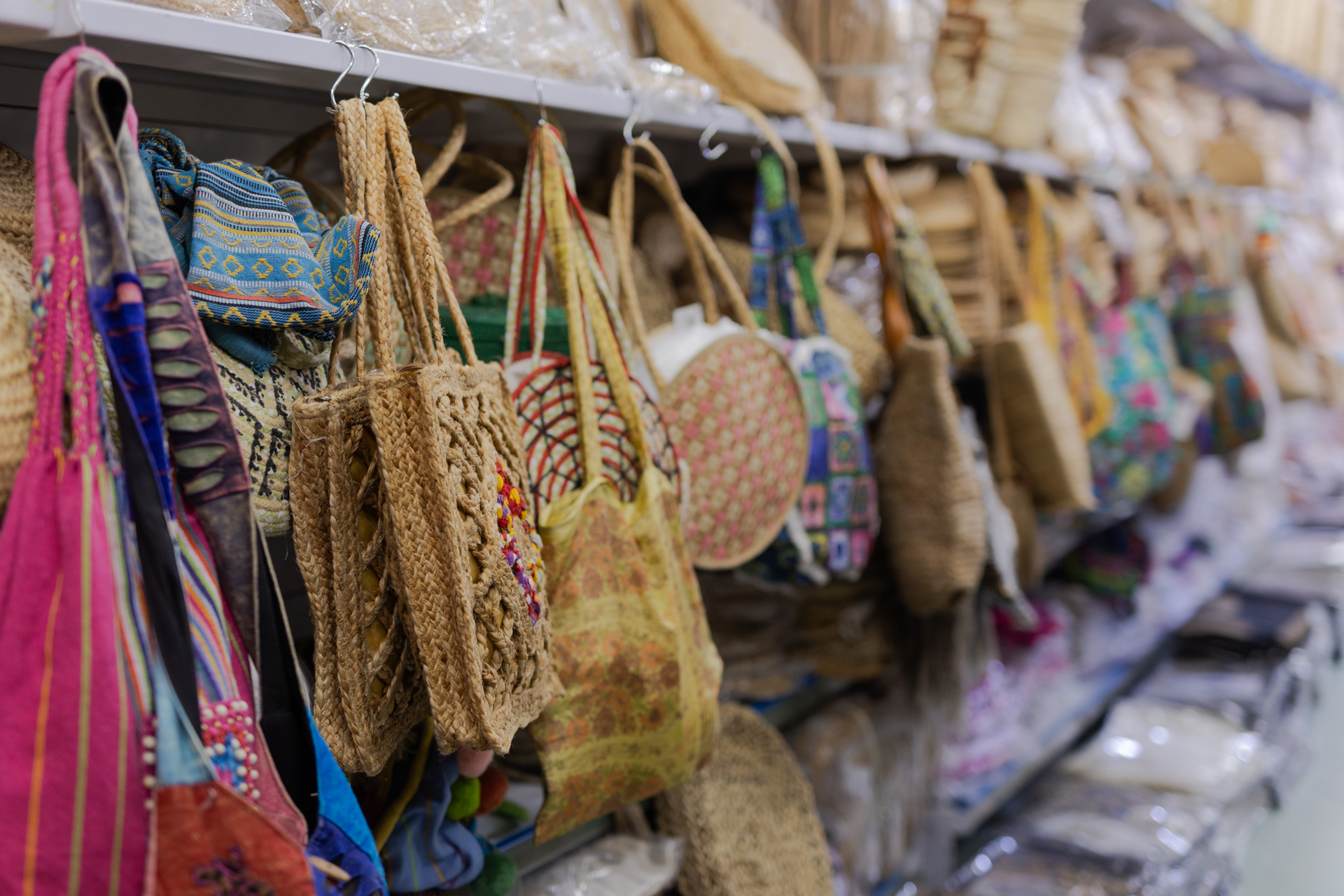
A Moroccan man runs a shop filled with imported goods like baskets and purses that he sells as wholesale.
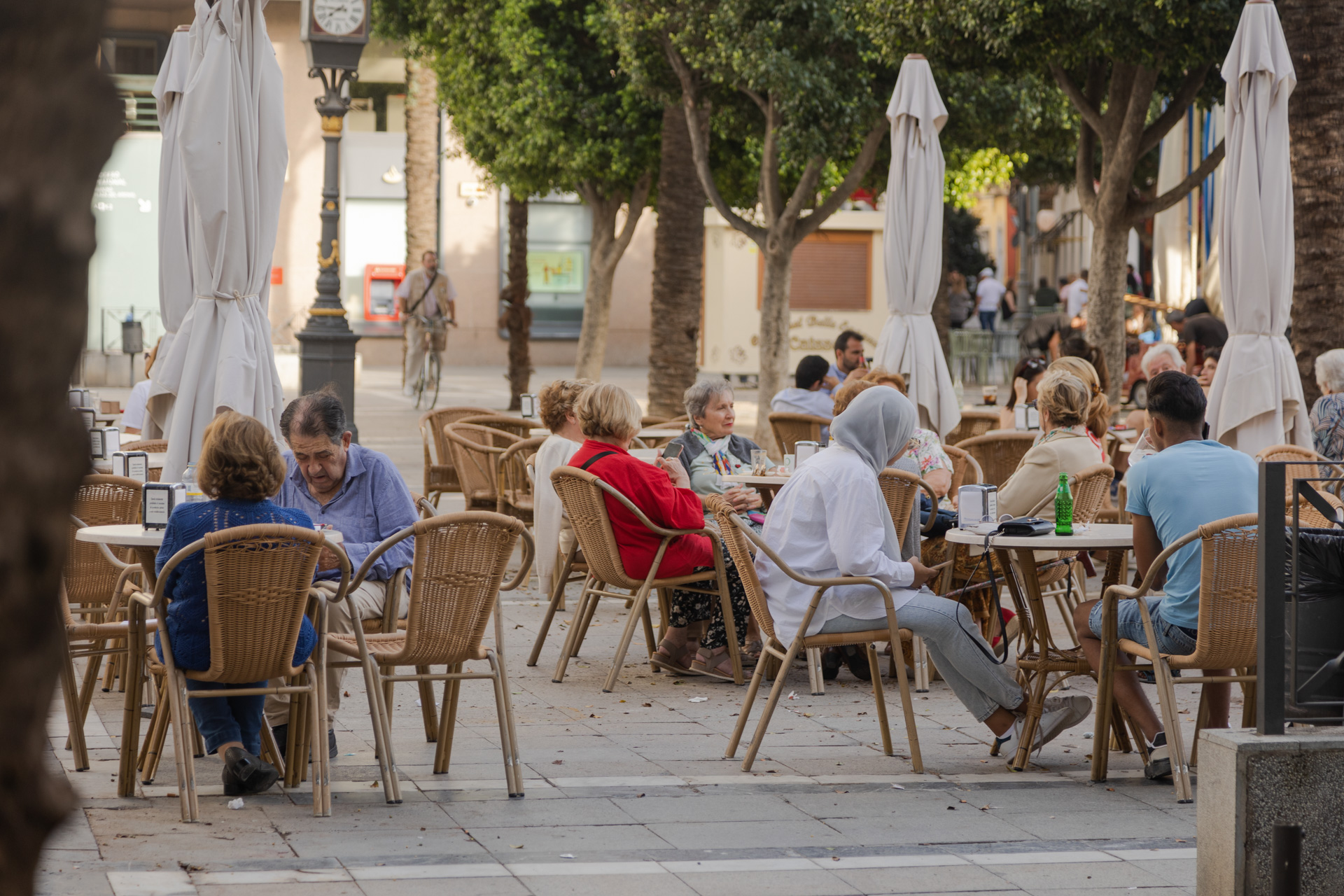
People in the city square enjoy treats and time together in the evening.

Spanish textbooks at the refugee resettlement center.
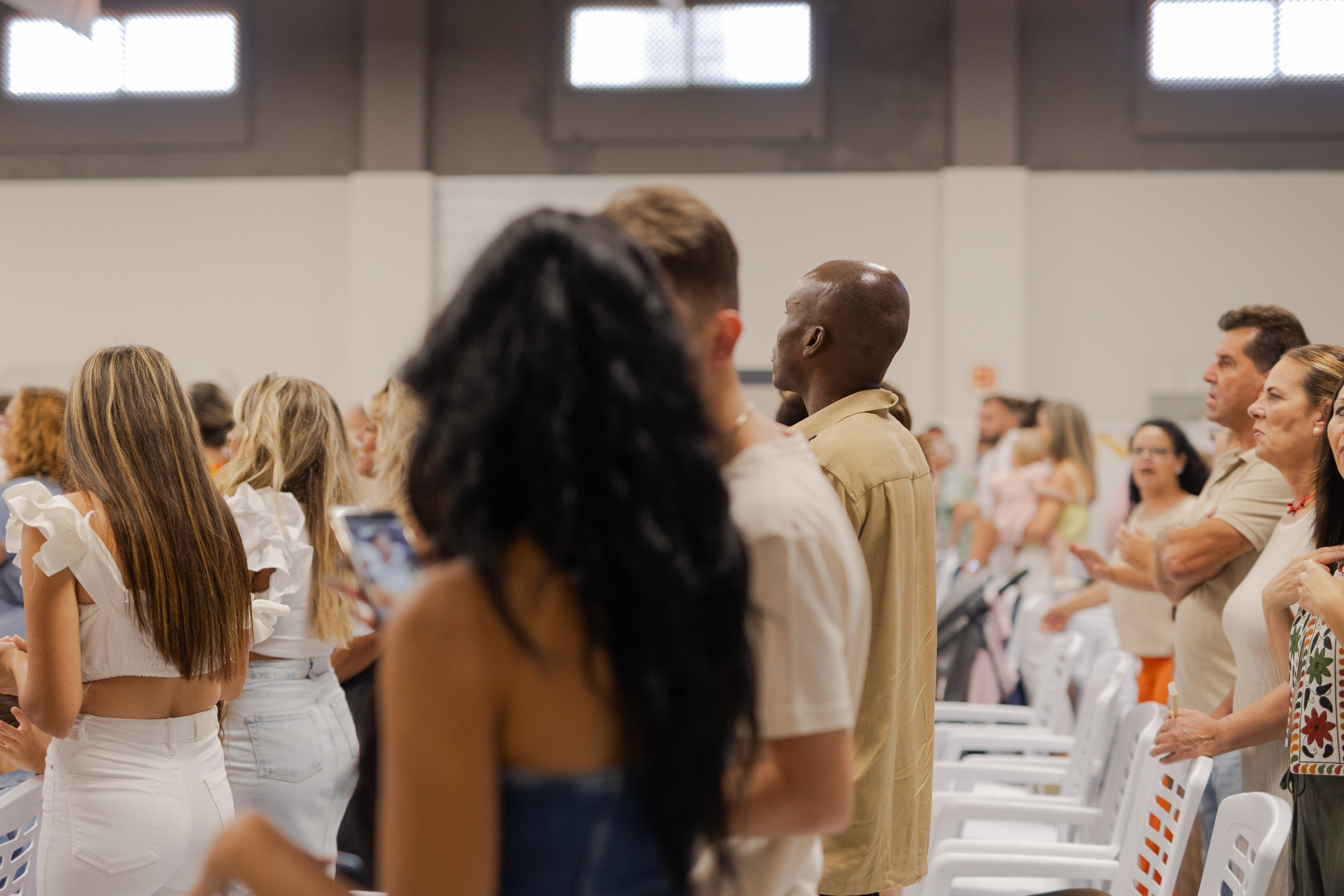
An African man soaks in the sounds of Spanish worship at a multi-church service.
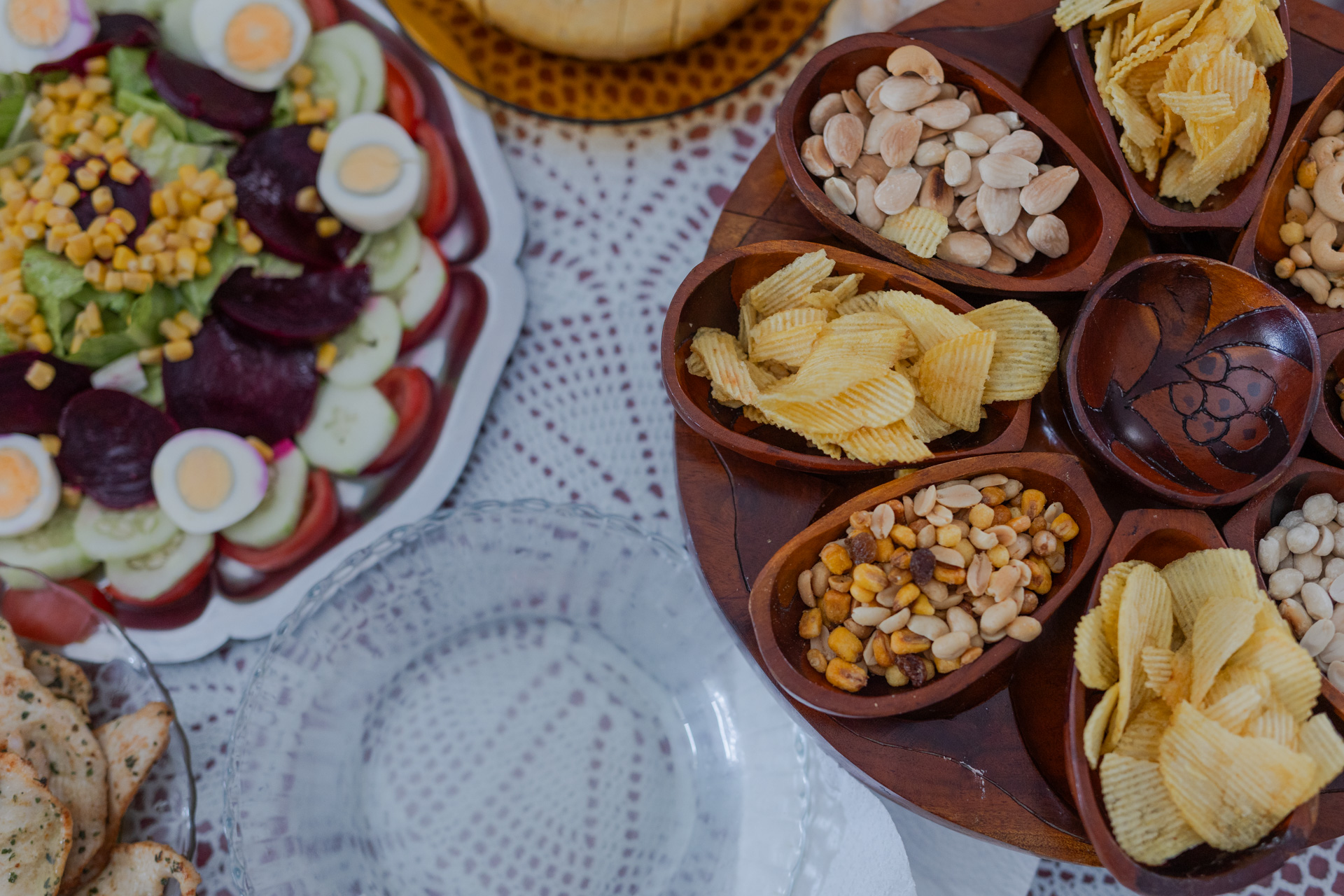
While visiting a North African woman in her home, we were spoiled with food.
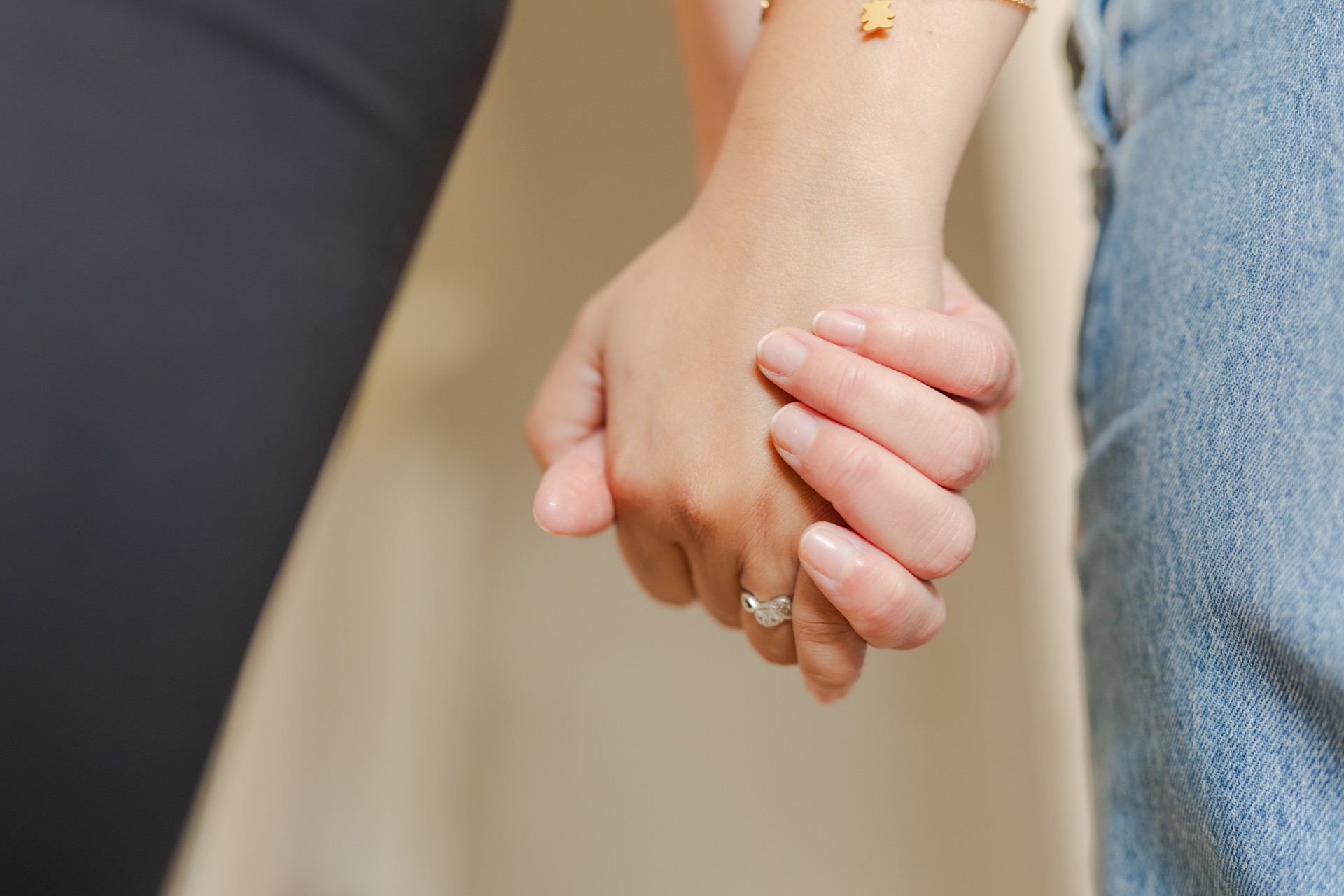
One of our workers and a Moroccan friend of hers.
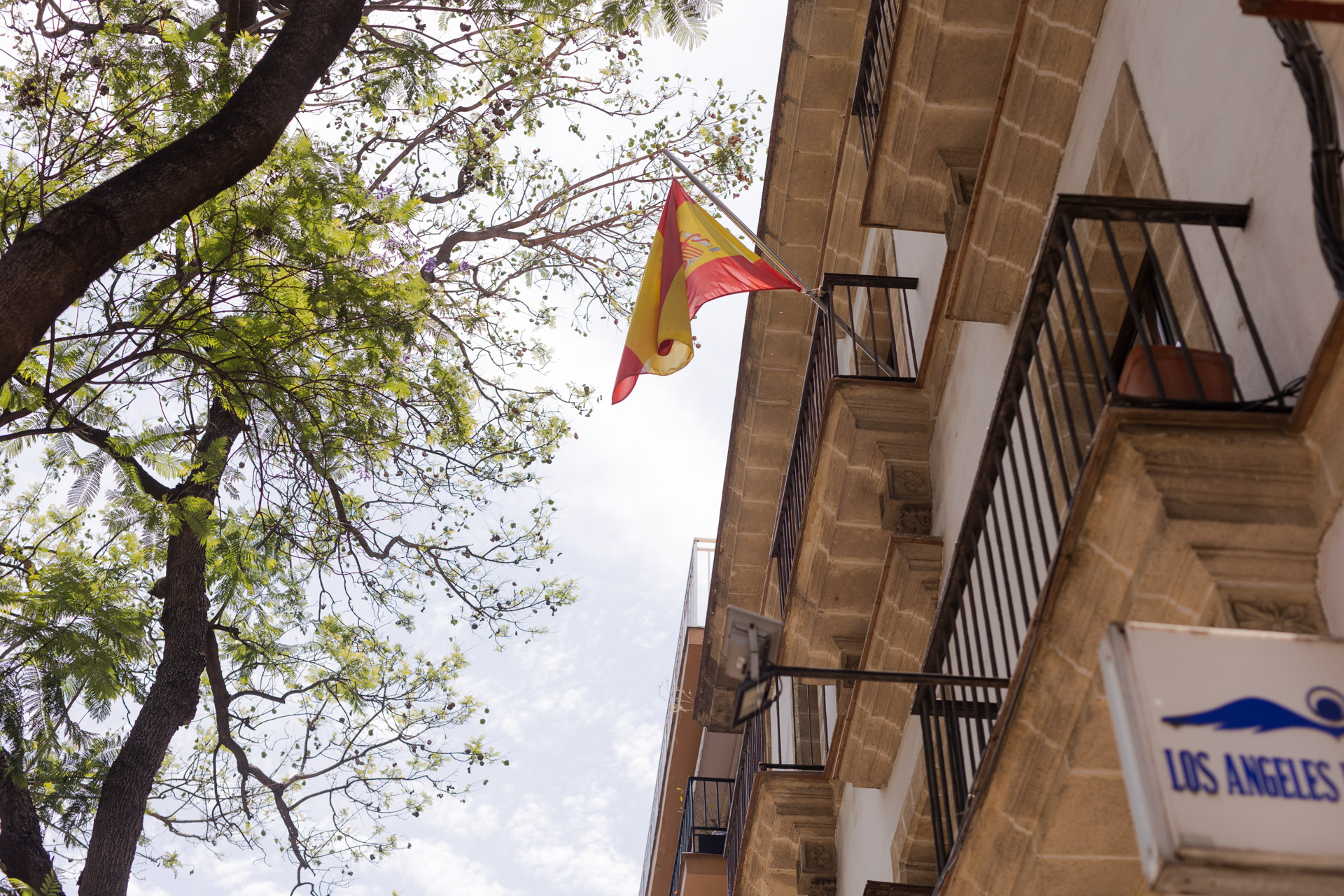
The Spanish flag flies from a downtown flat.
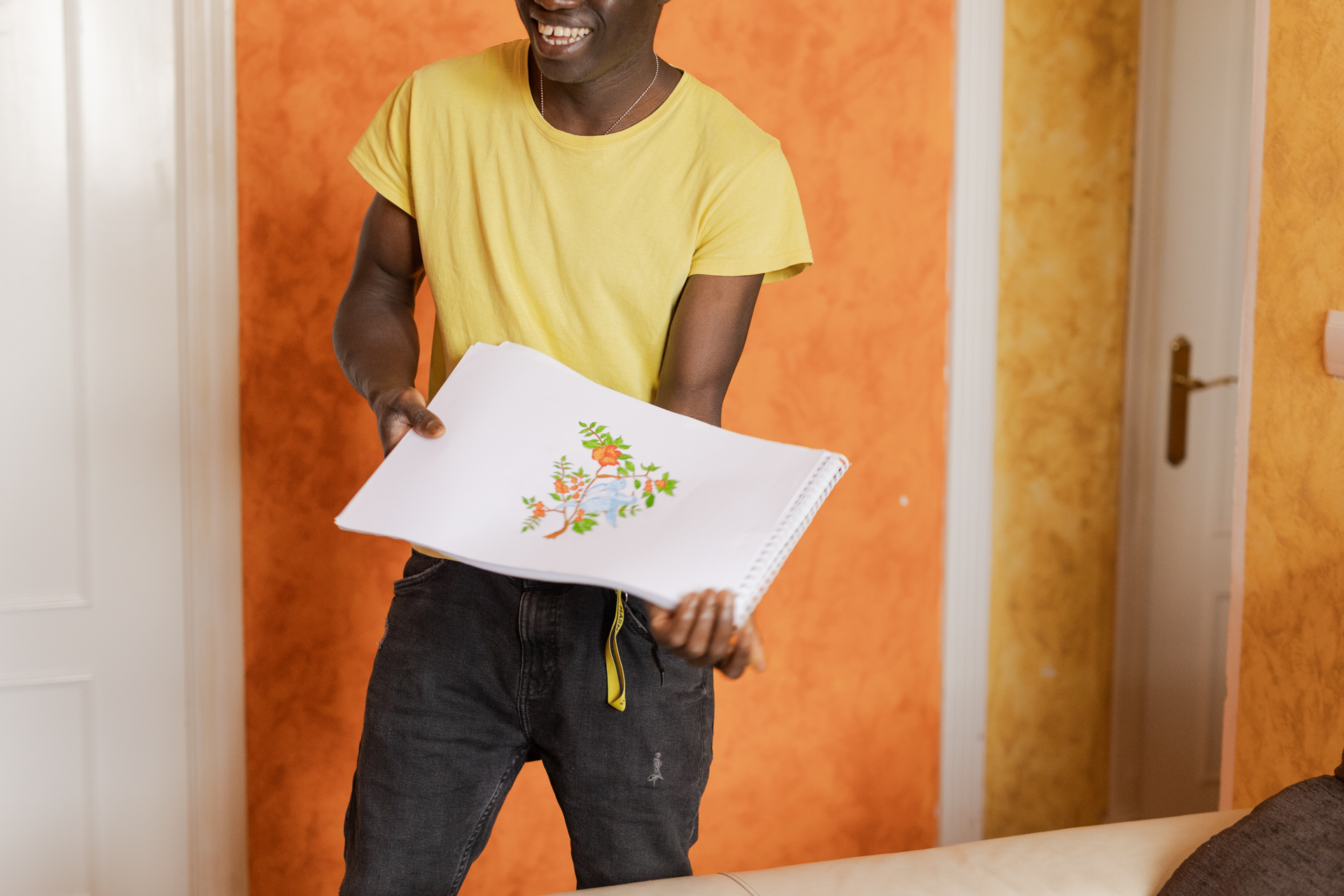
A refugee shows us artwork that his artist roommate encouraged him to draw.

Clean shoes are important to Africans, including those who now live at the resettlement center.
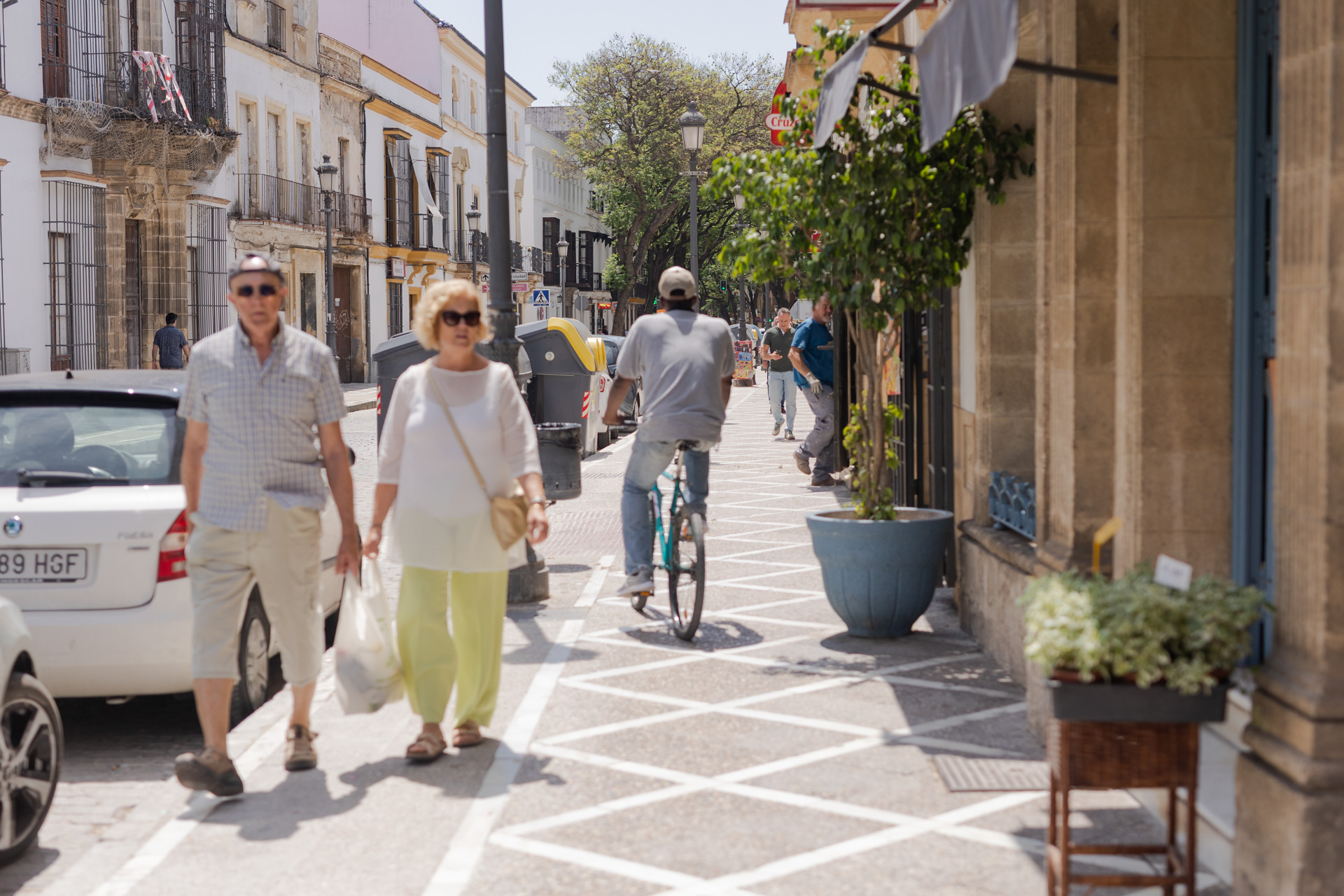
A man on a bike rides on a city street.
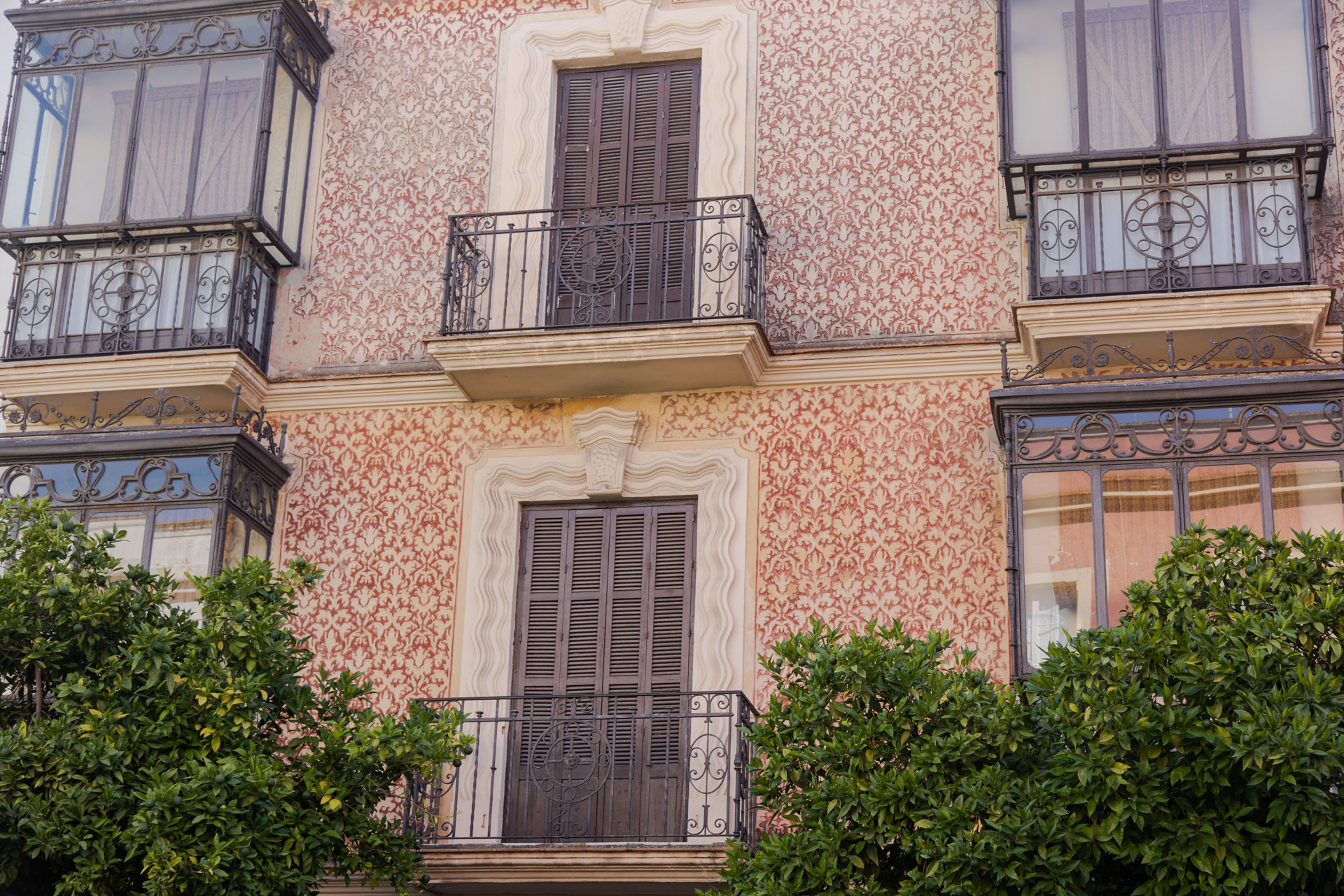
Beautiful tilework adorns the outside of some city flats.
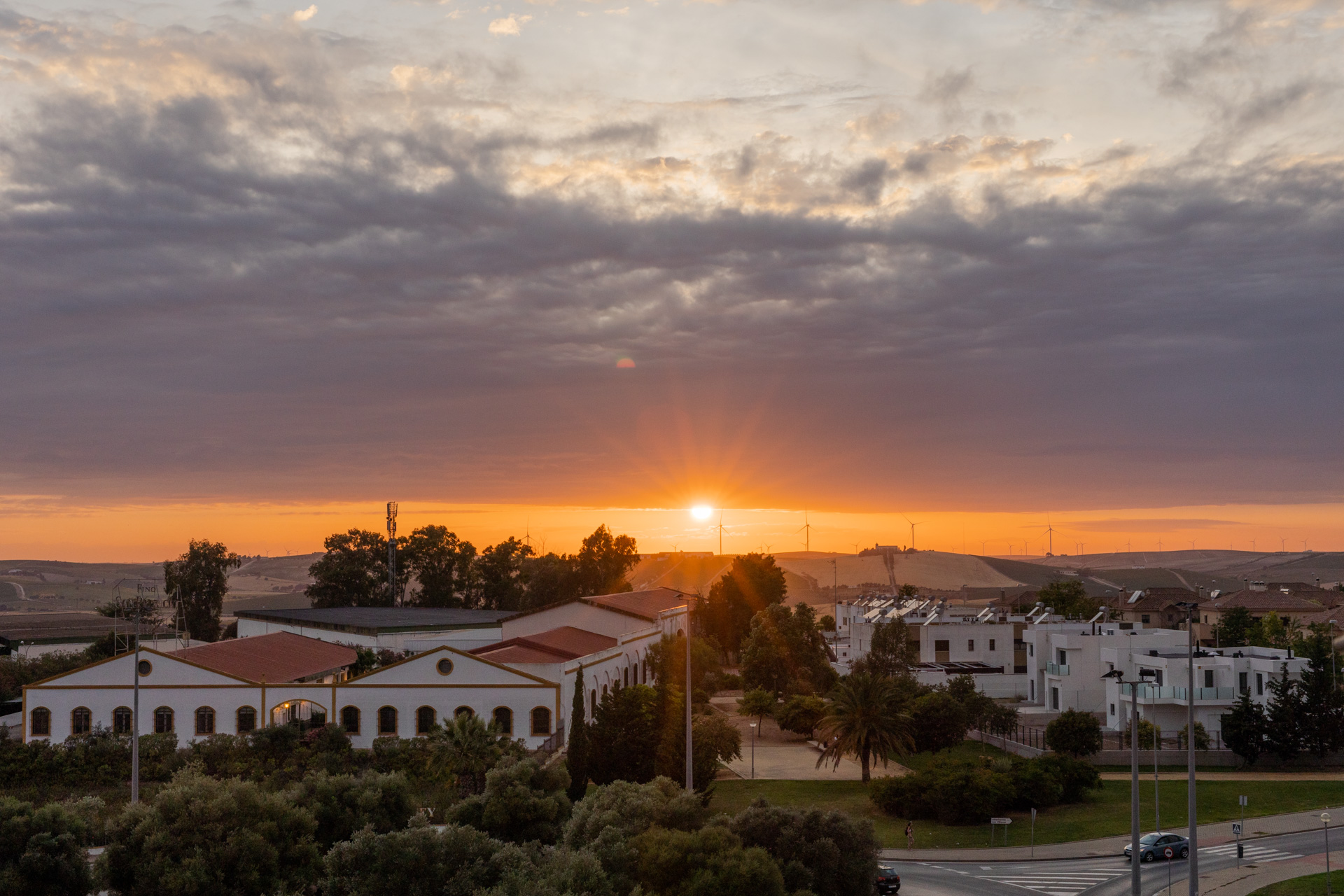
A sunset over the city + fields.
